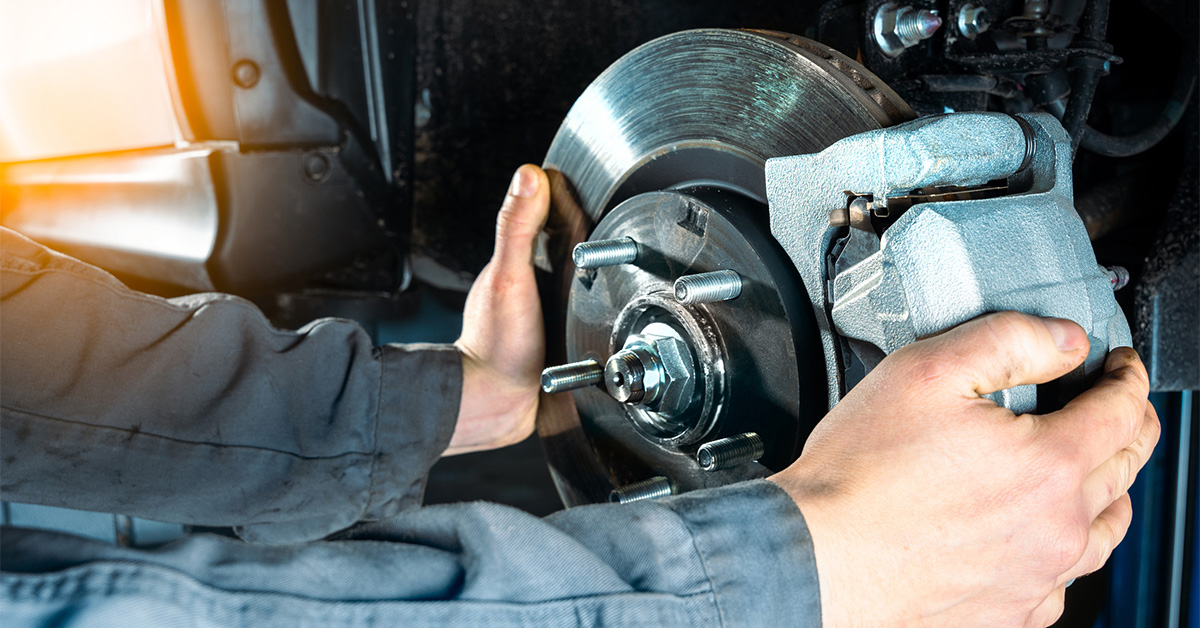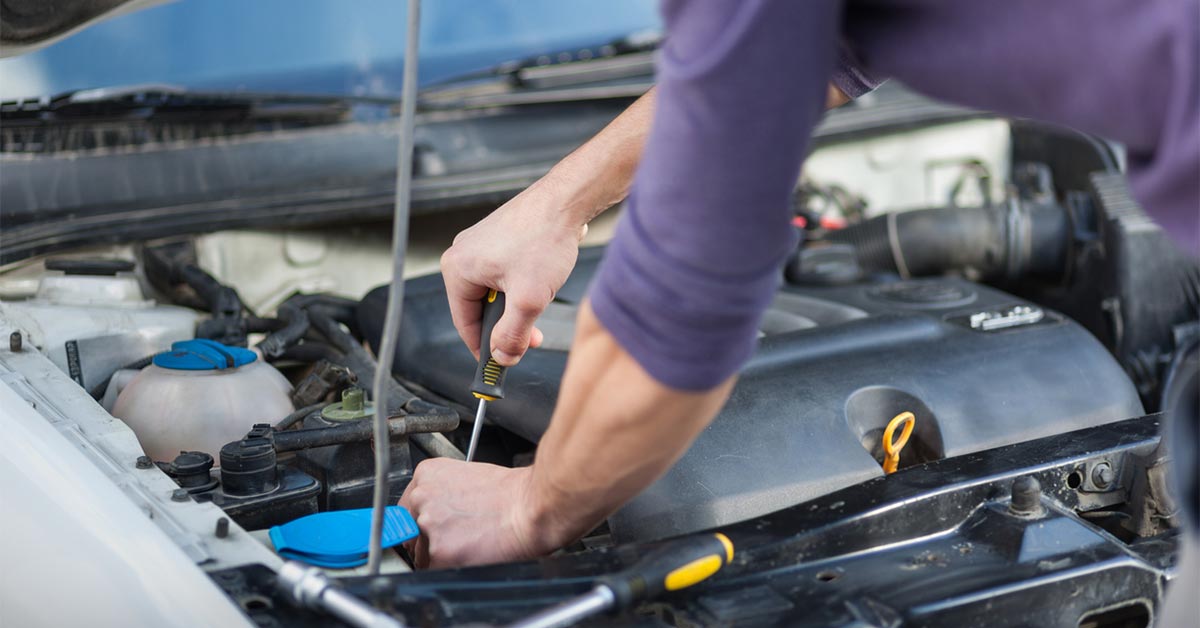Owning a car is about more than just driving—it comes with the responsibility of maintaining your vehicle to ensure safety, efficiency and longevity. This means knowing which parts need regular replacement to prevent unexpected breakdowns, costly repairs and potential accidents.
1. Engine Oil and Filter
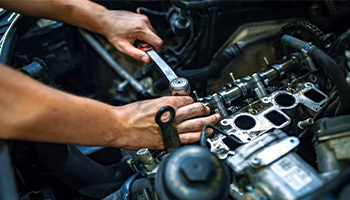
Engine oil is the lifeblood of your car’s engine, lubricating the moving parts to reduce friction and prevent unnecessary wearing or overheating. The oil filter supports this role by trapping contaminants and keeping the oil clean, ensuring it continues to protect the engine.
When to Replace
Although conducting an oil and filter change after 3,000 miles (5,000 kilometers) is recommended, this should not be considered the golden standard. The following factors more accurately determine the frequency:
- Specific manufacturer’s recommendations: Every make and model comes with specific guidelines in the owner’s manual.
- Driving conditions: Heavy traffic, extreme temperatures, dusty roads and frequent short trips may increase the need for oil changes. Infrequent use can also degrade oil quickly.
- Type of oil: Synthetic oils last longer than conventional ones and have a longer change interval.
- Oil quality: Lower-quality oils break down faster.
- Vehicle age: Older or high-mileage engines may need more frequent oil changes.
- Driving habits: Aggressive driving or stop-and-go traffic increases engine stress, exerting additional pressure on the oil.
- Engine type: Turbocharged and high-performance engines require more frequent changes.
More specifically, if the oil appears dark and gritty or you notice increased engine noise, it’s time for an oil change. The blinking oil change light on your dashboard clearly indicates that maintenance is overdue.
2. Air Filters (Engine and Cabin)
Air filters are vital for keeping harmful debris and airborne pollutants out of your engine and cabin. The engine air filter prevents dirt and particles from entering the engine, which can affect performance. The cabin air filter, on the other hand, ensures that the air inside your car is clean and free of pollutants.
When to Replace
A clogged engine air filter restricts airflow, reduces power, decreases fuel efficiency, and can damage the engine. If your cabin air filter needs replacing, you will notice unpleasant odors or diminished airflow from the vents.
The air filters should be replaced every 12,000 to 15,000 miles. However, the interval between changes is shorter if you drive in urban areas with higher pollution levels or on dusty terrains. Some modern air filter brands have service life indicators that change color to signal the need for a replacement.
3. Electrical System
Your electrical system is an essential part of your car, powering everything from the ignition and headlights to the more complex onboard electronics like sensors and entertainment systems. It consists of a complex network of connectors, wires, fuses, relays and other components that work together to ensure your car’s electrical functions operate smoothly.
Automotive connectors are a critical component of the electrical system. They connect various electrical components, such as sensors, lights, and other electronics, to ensure seamless communication between different systems.
A poorly maintained electrical system can lead to a variety of problems, including:
- Dim or malfunctioning headlights
- Failed sensors
- Dead batteries
- Electrical shorts
When to Replace
Electrical components, including connectors and wires, are generally replaced when they become corroded, damaged, or loose. This may occur due to age, exposure to moisture, or poor maintenance. When conducting replacements, invest in high-quality parts that are made for durability and longevity.
4. Brake Pads and Rotors
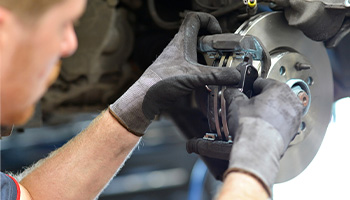
Brake pads and rotors are essential for stopping your vehicle safely. When you press the brake pedal, the brake pads press against the rotors, creating the friction needed to slow down or stop your car. The rotors, on the other hand, absorb and dissipate the heat generated by braking.
When to Replace
If you notice noises when you brake or a vibrating brake pedal, it’s time to check your pads and rotors. Reduced stopping power is another serious sign that your brakes need attention.
Examine your rotors and brake pads during every routine maintenance check for signs of wear and tear. It may take a couple of years before you need to change them, but this largely depends on your driving habits and road conditions.
5. The Tires
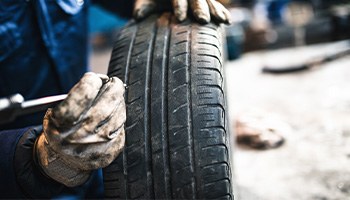
Tires provide traction, stability and safety. Worn or damaged tires can significantly affect handling and braking performance, contributing to up to 9% of road accidents in the U.S.
When to Replace
Uneven tread wear, visible cracks or bulges, frequent loss of air pressure, or the appearance of wear bars are clear indicators that it’s time for new tires.
This falls anywhere between 25,000 and 50,000 miles, depending on the type of tire and driving conditions. A basic rule of thumb is to maintain the tread depth above 4/32 of an inch. Below this, the tire’s grip on the road becomes compromised. The “quarter test” can help you estimate when to visit your tire doctor. To conduct it, insert a quarter into one large tread. It’s time to change your wheels if you can see space above George Washington’s head.
Keep Your Car Running Smoothly
Regular maintenance and timely replacement of essential car parts keep vehicles safe, reliable, and efficient. Follow your vehicle’s maintenance schedule and pay attention to the warning signs to prevent untimely breakdowns and expensive repairs.
Being proactive about car maintenance not only protects your investment but also guarantees your safety and that of others on the road.
The information in this article is obtained from various sources and offered for educational purposes only. Furthermore, it should not replace the advice of a qualified professional. The definitions, terms, and coverage in a given policy may be different than those suggested here. No warranty or appropriateness for a specific purpose is expressed or implied. The opinions expressed by guest bloggers are theirs alone and do not reflect the opinions of AIS Management LLC, any subsidiary or affiliate of the same, or any employee thereof. We are not responsible for the accuracy of any of the information supplied by the guest bloggers.
Authorship bio: Jack Shaw, the senior Cars editor of Modded, is an accomplished automotive writer with a flair for adventure and a passion for vehicular innovation. Having written for notable sites such as the National Motorists Association, Ford Muscle, Offroad Xtreme, and more, his articles are a testament to his knowledge and love for the automotive industry.

